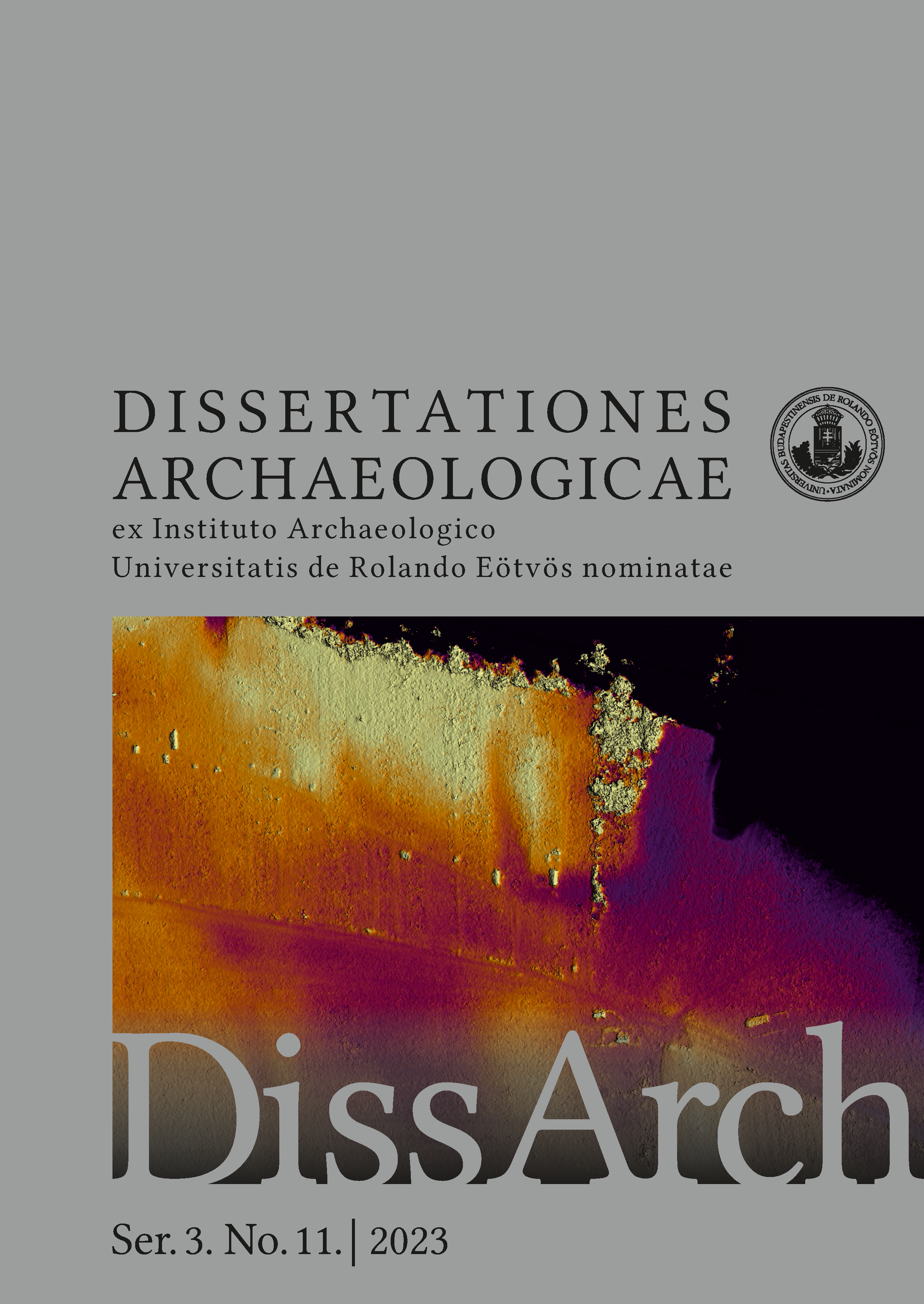Published 2024-03-26
Keywords
- Brigetio,
- legionary fortress,
- Roman bath,
- limes,
- Pannonia
How to Cite
Abstract
Since 2015, excavations have been carried out in different parts of the legionary fortress in Brigetio. Due to the systematic geophysical surveys of the praetentura, a large building complex came to light, which could be identified as the bath of the fortress, even before the fieldworks started in the territory. In the area of this building complex, the excavations started in 2021, and continued in the next two years. Now, an approximately 1800 m2 surface of the bath is excavated. During the last season of the fieldwork several heated and unheated rooms and three new (possible) pools and four praefurnia were unearthed. The north-eastern closure of the bath was identified, and parts of the northern apses of the basilica thermarum were unearthed. A huge number of coins and bronze small finds were discovered, and thanks to the brick stamps, some new data have become available on troop movements and military history of the Pannonian ripa.


